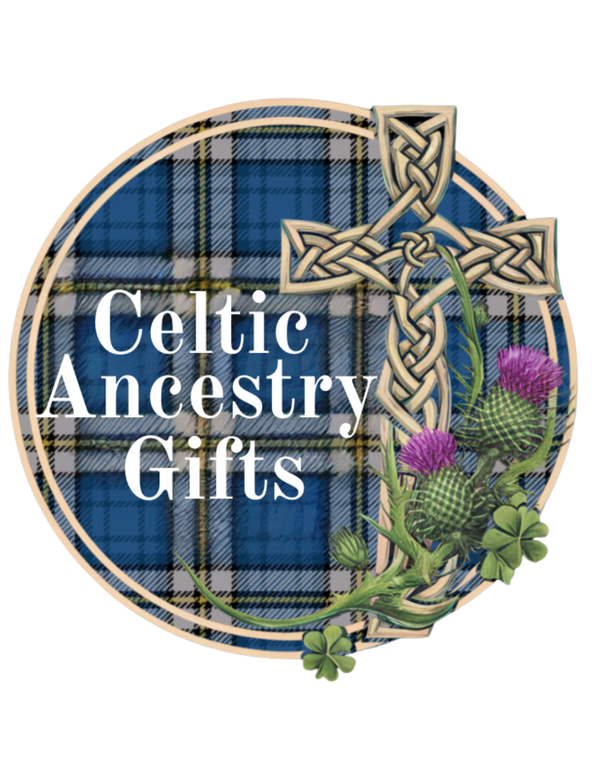
November 4, 1706 – The Day Scotland Voted for Union: A Turning Point in Scottish History
Share
Introduction
On a chilly autumn day in Edinburgh – November 4, 1706 – members of the Scottish Parliament gathered to debate a proposal that would change their nation forever. After years of economic hardship and political tension, Scotland stood at a crossroads: should it join with England under a single government?
For some, it was a chance for stability and prosperity. For others, it felt like betrayal. Either way, it was a decision that would echo for centuries.
History and Origins
The roots of the Union lay in both political necessity and economic desperation. The collapse of the Darien Scheme in 1698 had left Scotland financially crippled. Many nobles and merchants hoped union with England would bring access to new markets and secure their investments.
Negotiations for the Treaty of Union began in 1706. Under its terms, Scotland would keep its own legal system, church, and education – but the two kingdoms would share a parliament at Westminster.
When the vote came on November 4, the streets outside the chamber erupted in protest. Crowds in Glasgow and Edinburgh accused their leaders of selling Scotland for gold. Yet inside the hall, the vote passed – laying the foundation for the Acts of Union 1707 and the creation of Great Britain.
Famous Landmarks and Places to Visit
Visitors to Edinburgh can still walk in the footsteps of that momentous day.
Parliament Hall – Near St Giles’ Cathedral, where the old Scottish Parliament once met, this hall still embodies the spirit of debate and national identity.
Edinburgh Castle – Overlooking the city, the castle remains a timeless symbol of Scottish strength before and after the Union.
Canongate Kirk – On the Royal Mile, this church became the resting place of many figures who lived through the Union era.
Each site offers a living connection to the debates and decisions that reshaped Scotland’s future.
Symbols and Identity
Even after 1707, Scotland held tightly to its heritage – the Saltire, the thistle, and the motto “Nemo me impune lacessit” (“No one provokes me with impunity”). Though the parliament was gone, the nation’s spirit endured. These symbols remained rallying cries for a people who refused to forget their roots.
Notable Figures
James Douglas, 2nd Duke of Queensberry – Chief negotiator of the Union, a figure both admired and despised.
Andrew Fletcher of Saltoun – The outspoken opponent who warned the Union would “enslave Scotland.”
Robert Burns – Though born later, his poems captured the emotions of a nation still wrestling with its identity.
Their stories embody the passion and division of this turning point in Scottish history.
Clan Connections
Every Scottish family felt the impact of the Union. Some Lowland clans saw hope in trade and peace, while many Highland chiefs viewed it as the loss of sovereignty. Clans such as the Campbells, Douglases, and Gordons found themselves on opposite sides of the debate – a reminder that Scotland’s story is woven from many threads of conviction and courage.
Legacy and Reflection
The vote of November 4 1706 continues to shape Scotland’s identity today. For some it represents a pragmatic union of equals; for others, a loss of independence still felt three centuries later. What cannot be denied is that this day defined the Scotland we know now – a nation of pride, resilience, and unbroken heritage.
At Celtic Ancestry Gifts, we celebrate the spirit that endures through every tartan and crest – the spirit of a people who remember where they come from.
Honor Your Heritage Today
Celebrate your clan’s story with beautifully crafted gifts that connect past and present. From tartan blankets and apparel to mugs and ornaments – each piece tells your family’s story.
Search your clan name at https://celticancestrygifts.com
Free worldwide shipping and a 30-day money-back guarantee.

